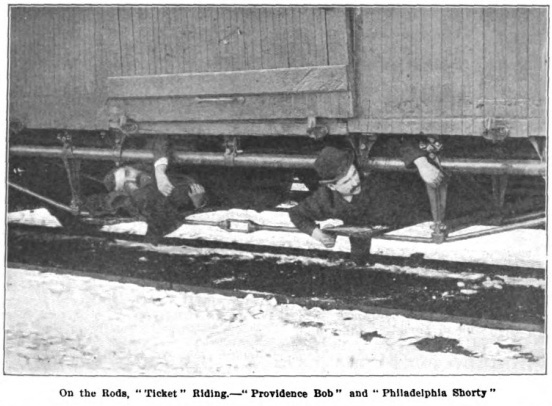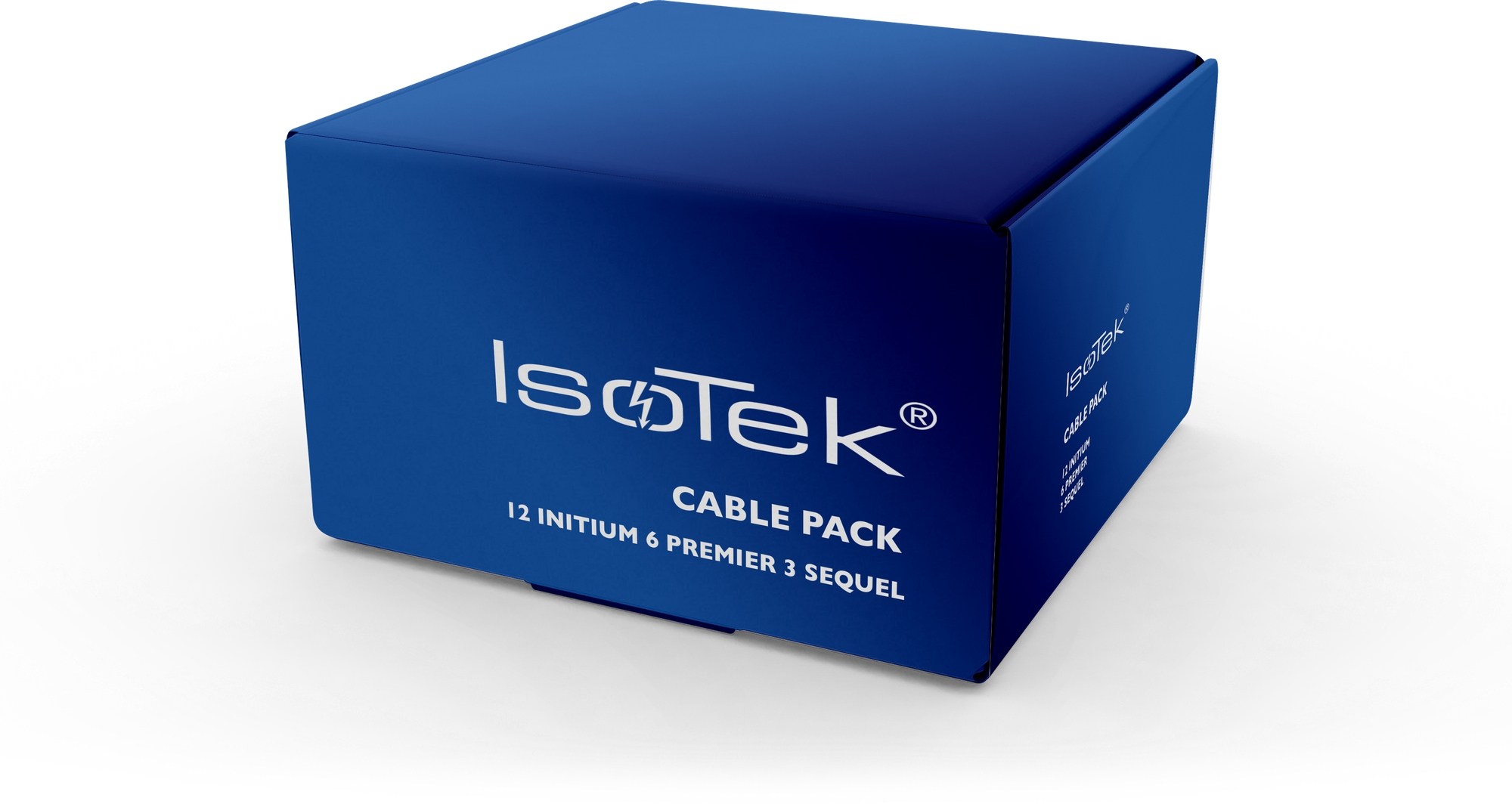You know that IsoTek cables can improve your sound drastically, and you might have even heard the difference for yourself. But how do they do it?
The answer involves a lot of physics and TLAs (three letter acronyms), but we're going to break down how these cables help your hi-fi perform better, and how you can send every customer home with one.
But first, a word from Keith Martin, IsoTek founder and managing director, welcoming back Initium and Premier:
Who needs IsoTek cables?
Unless you're living like Michael McKean from Better Call Saul, we're all surrounded by half a dozen WiFi networks at any given point, not to mention the Bluetooth and mobile phone networks pinging around our homes. We can't detect them, but the cheap black power cables pick them up just like an aerial picking up a radio station. Those messy, undifferentiated signals get muddled into the power supply, and that's fed straight into your hi-fi system.
There's no getting away from that interference (also known as Common Mode Noise), so everyone who comes into your store is probably listening to their music with a hefty dose of noise and interference in there. Who wants that???
Aerials...aerials everywhere!

In the early days of radio, aerials were simply long wires hanging from poles. They've obviously become much more complex over time, but the core of the design is still a long wire made of a conductive material. Sound like anything else you know?
Take a look at the two pictures above: one is an aerial cable, and the other is a power lead. You can see that they're very similar — apart from the three-cable structure of the power cable, they're essentially the same. That's why cheap power cables are so vulnerable to Common Mode Noise — they're acting like aerials because that's basically what they are!

In your cheap-and-cheerful power cables, the conductors (the actual wire that carries the electricity) are laid out in a straight line. When you run it across a floor, or up a wall, that straight line means there are millions of points where electro-magnetic interference and stray radio frequencies can get on board, and take an express train straight into your amp.
Cheap power cables are like an old-timey freight train, chock full of hobos and vagabonds riding the rails.

PICTURED: Noise hopping a ride straight to your amplifier
Let's twist again

It worked for Chubby Checker, and it works for IsoTek — the Twist. The conductors (the precisely-woven wiring you see in the cut-through illustration above) are arranged in parallel, then twisted around each other.
By twisting the conductors like that, the stray radio waves and electro-magnetic interference that does manage to get into the cable has a harder time staying on there all the way to the end. Instead of a slow-moving freight train, the hobos are now trying to jump onto a moving rollercoaster — a much more difficult task!

PICTURED: A hobo-free rollercoaster!
The Twist seems like a simple thing, and it is! But simple things can be incredibly effective, and you'll hear the difference when you power your system with IsoTek.

Our IsoTek Cable Pack is an unbeatable way to make sure you've always got healthy stock of our most popular power cables. How's your storeroom looking? Better order one (or more) now!

